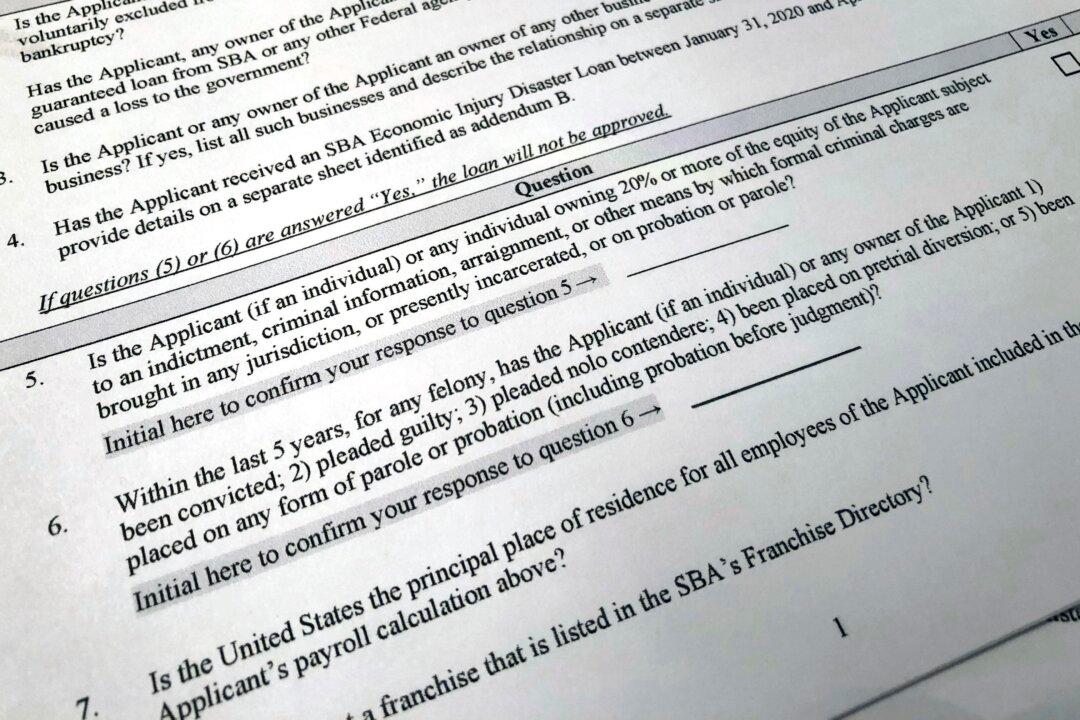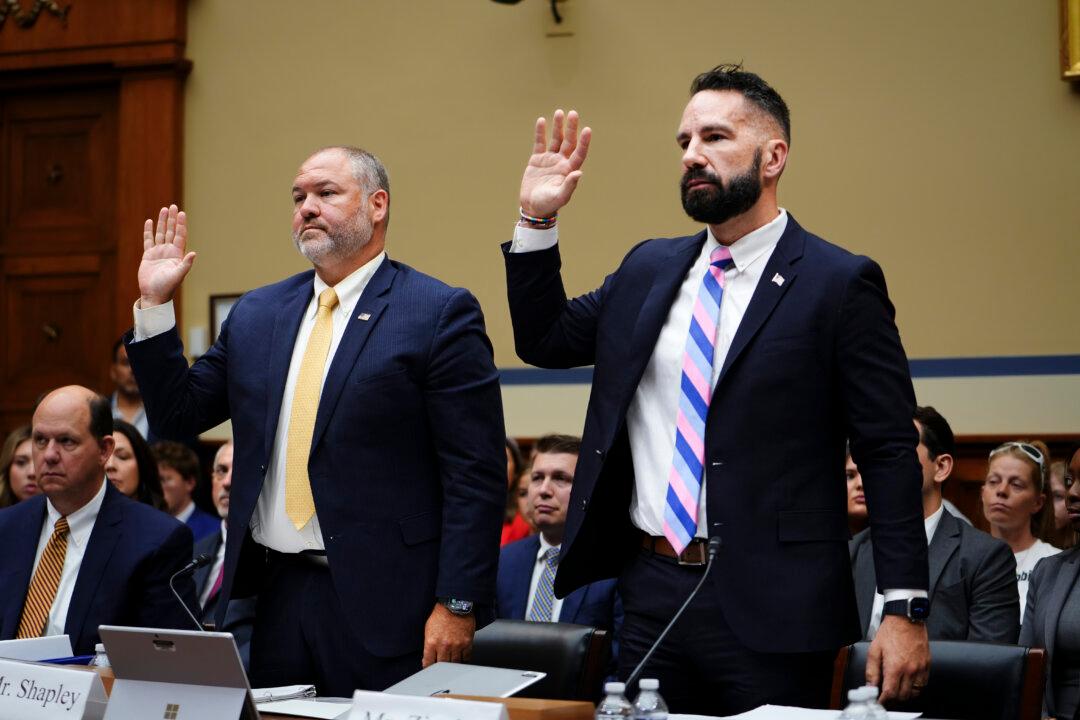Small Business Administration (SBA) Administrator Isabella Guzman declined to testify at the July 13 House Small Business Committee hearing seeking to understand why her staff found $160 billion less waste and fraud in $1.2 trillion in federal pandemic spending than did the agency’s internal watchdog.
Rep. Roger Williams (R-Texas), the House panel’s chairman, said in his opening statement as he explained the empty chair at the witness table, “As you can see by her empty seat, she declined the [committee’s] offer. You would think that a report from a nonpartisan watchdog claiming hundreds of billions of dollars were disbursed to criminals through the SBA would warrant her showing up for this committee today, but that obviously isn’t the case for Administrator Guzman.”





